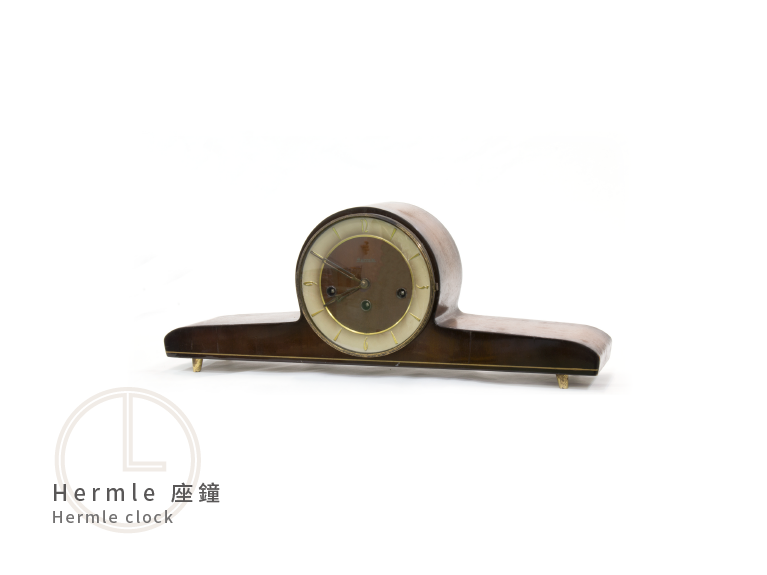Hermle 座鐘

古埃及人、希臘人與羅馬人為了測定晝夜之別,發明了日晷、水鐘等計時工具。 13世紀,中世紀西方工匠發明了機械鐘,滿足了修道院與都市生活的需求,直到以鐘擺控制機械的運行後才較為精準。 13世紀末,歐洲城市商業人口增加,改進計時技術迫在眉睫,許多工匠開始在法國與義大利為大大小小的教堂製鐘。 最初計時是以敲鐘(bell)來指示時間(提醒開工),因此這個新機器就用拉丁文的「鐘」clocca來命名。
The ancient Egyptians, Greeks, and Romans invented timekeeping tools such as sundials and water clocks to distinguish between day and night. In the 13th century, Western craftsmen developed mechanical clocks to meet the needs of monasteries and urban life, achieving greater precision only after the introduction of pendulum control. By the late 13th century, with the increase in the commercial population of European cities, the need for improved timekeeping technology became urgent. Many craftsmen began making bells for churches of various sizes in France and Italy. Initially, time was indicated by striking bells to signal the hour (reminding people to start work), which is why this new machine was named after the Latin word for bell, “clocca.
